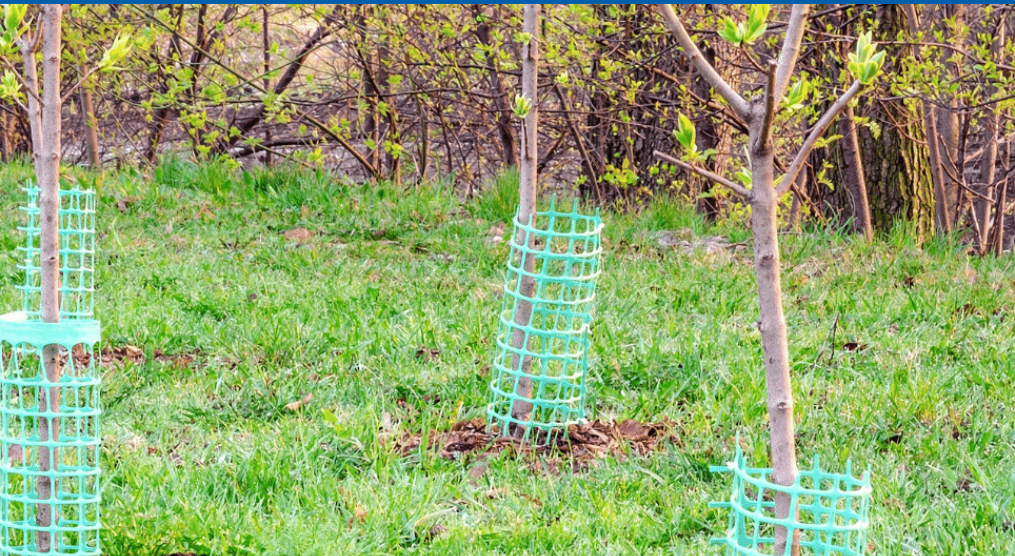- A farmer's example of setting up a silvopastoral system from agricology:
- See also this research summary of silvopasture from Springer Science. https://doi.org/10.1007/s10457-019-00366-8

Silvopasture is a practice that integrates trees with pasture for raising livestock.
Content below is from across the PEP community and is not necessarily endorsed by Stewards or by PEP
Agroecology is a holistic and integrated approach that simultaneously applies ecological and social concepts and principles to the design and management of sustainable agriculture and food systems. Definition from FAO.
Devon silvopasture 12-year on-farm trial including site at Rothamsted's North Wyke
Tree forage has many nutritional benefits for livestock as it diversifies their diet, provides additional nutrients and contains tannins that reduce methane production. Dr Lindsay Whistance from Organic Research Centre offers her advice on the best trees for silvopasture in a recent Innovative Farmers blog.
Beef production encompasses various stages, from breeding and rearing to processing and distribution.
Silvopasture is a form of agroforestry where trees are deliberately planted to be part of a farms livestock system. Three tree planting designs are being trialled as part of a field lab investigating the benefits of agroforestry.
What is silvopasture? Silvopasture is a form of agroforestry where trees are deliberately planted to be part of a farms livestock system. Three tree planting designs are being trialled as part of a field lab investigating the benefits of agroforestry.
In Devon, a group of six farmers and Rothamsted’s North Wyke research farm have teamed up through Innovative Farmers to form the Devon Silvopasture Network.
Tree-planting is a key part of the UK government’s plan to reach net zero by 2050, with a commitment to plant 30,000 hectares of new woodland every year. But where will all these trees go, and how can we ensure food production is maintained?
Silvopastoral agroforestry – integrating shelterbelts, hedgerows or in-field trees with grazing livestock – can provide domestic animals with benefits, including shelter and shade, as well as supplementing their diets as tree browse or fodder.
Silvopasture is a form of agroforestry where trees are deliberately planted to be part of a farms livestock system. Three tree planting designs are being trialled as part of a field lab investigating the benefits of agroforestry.
Trees – what role could they play in helping reduce emissions in our food system? Prof Heiko Balzter (University of Leicester) and one our Champions last year, has synthesised research on agroforestry in this report – Agroforestry as a tool for net zero in the UK.
Join us on a farm walk to explore how silvopasture has been incorporated onto this Biodynamic and organic mixed farm.
Thinking about agroforestry? Then we have the event for "ewe."
In this surgery LEAF will be considering how economic, practical and cultural factors could influence wide-scale agroforestry across the UK farming landscape.
This resource from Farm Consultancy Group describes one method for implementing an agroforestry livestock system.
Because successful and sustainable agroforestry practices are best developed by farmers and land owners working in partnership with researchers, extension staff, and other rural businesses, AGFORWARD used a participatory approach to ensure the effective involvement of all these stakeholders. These leaflets provide summaries of key innovations to systems.
Based on substantial field experience, Philippe Van Lerberghe with colleagues from the French Agroforestry Association, the World Agroforestry Centre and the other AGFORWARD partners has created 10 "Agroforestry Best Practice" leaflets.
Celebrating the growing global community of Agroforestry farms and farming – a farmer-led iniative, not a commercial event – no sponsors involved!
In Serra do Alvão, Portugal, the "Rebanhos +" project is using targeted grazing to manage the understorey, preventing fires and restoring degraded areas.